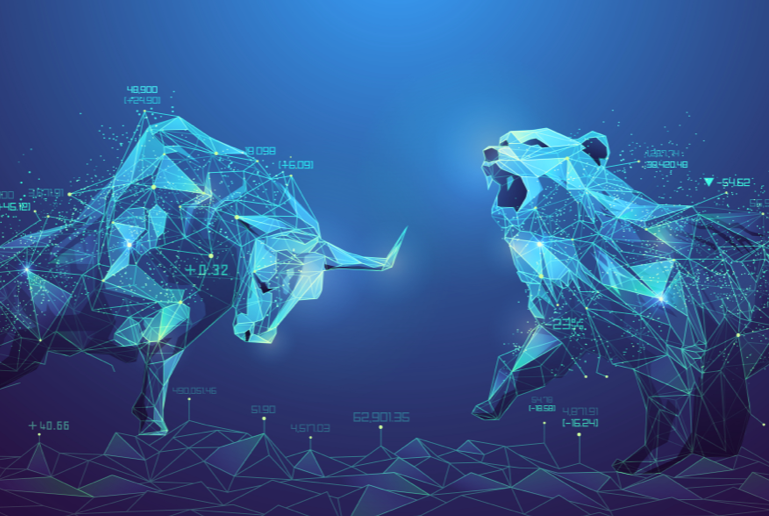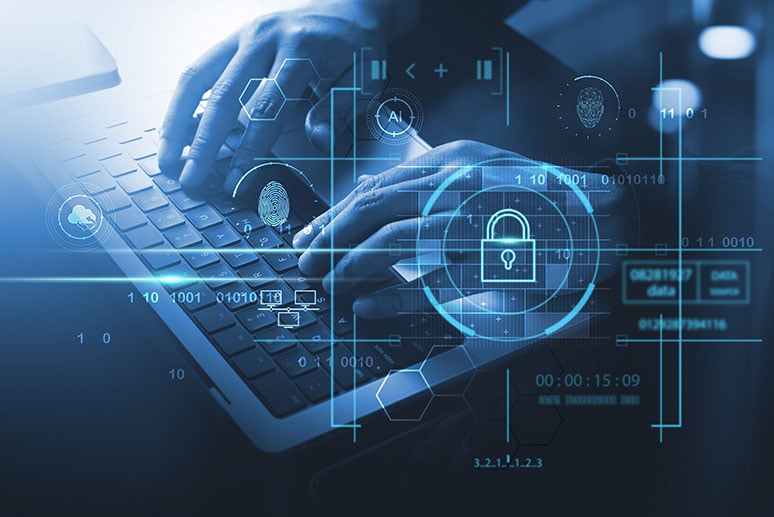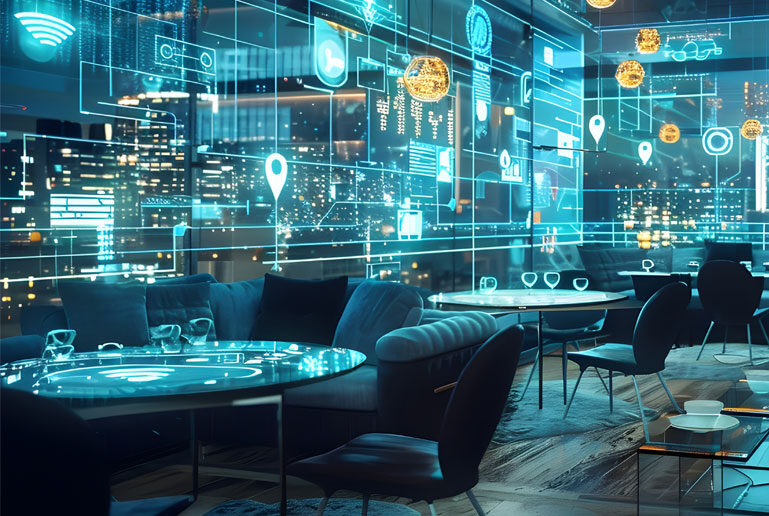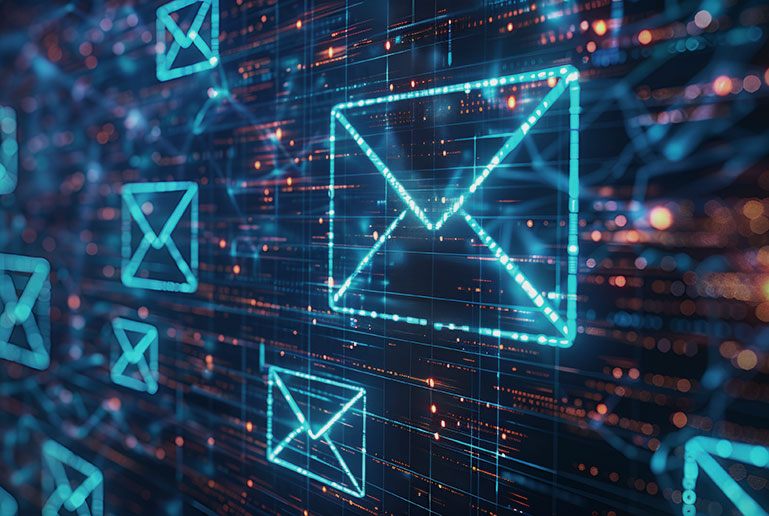Industries we serve
Comprehensive cybersecurity services for industries of all types and sizes
Industries we protect
Attack methods and patterns are similar across business sectors however threat actors, motivations, and impacts can be nuanced.
For example, most breaches are committed by external actors, but internal threats are on the rise in some industries.
While the majority of attacks are financially motivated, the public sector experiences higher levels of espionage and idealism.
The impact of a cybersecurity event varies by industry, with potential consequences ranging from financial loss and regulatory penalties in banking to compromised patient safety in healthcare and disrupted infrastructure in utilities.
-
Consistent attack methods
Patterns tend to be similar across various industries, making certain vulnerabilities universal.
-
Rising internal threats
While external actors are the primary source of breaches, many sectors face increasing insider threats. -
Industry-specific impacts
The consequences of cybersecurity incidents vary by industry, affecting everything from financial stability in banking to patient safety in healthcare.
Cybersecurity is vital for the financial industry to protect sensitive data, maintain customer trust, prevent financial loss, and comply with stringent regulatory requirements. Personal data is the most common target for fraudulent use. Ransomware and the use of stolen credentials are most common.
- Threat Actors: External (69%), Internal (31%)
-
Actor Motives: Financial (95%), Espionage (5%)
-
Top Patterns: System Intrusion, Misc. Errors, Social Engineering (78%)


In healthcare, cybersecurity is crucial to protect sensitive patient information, including personal and medical records. It minimizes the risk of disruptions to patient care and potential financial losses. Personal data, medical records, and credentials are the most common targets. Insider threats are on the rise.
- Threat Actors: Internal (70%), External (30%)
-
Actor Motives: Financial (98%), Espionage (1%)
-
Top Patterns: Misc. Errors, Privilege Misuse, System Intrusion, (83%)
Cybersecurity is vital in the information industry to protect intellectual property, sensitive data, and critical systems. Safeguarding against threats is essential for maintaining trust, business continuity, and compliance by ensuring data integrity, confidentiality, and availability. Espionage-driven attacks by increasingly sophisticated actors have been on the rise.
- Threat Actors: External (79%), Internal (21%)
-
Actor Motives: Financial (87%), Espionage (18%), Grudge and Ideology (14%)
-
Top Patterns: System Intrusion, Web Applications, Social Engineering (79%)


In technical and business services, cybersecurity is critical to protect against data breaches, intellectual property theft, and service disruptions. Strong practices enable technology companies to innovate and operate securely in a highly competitive and interconnected environment. Personal data and credentials are most often compromised. Incidents of social engineering and pretexting are increasing.
- Threat Actors: External (75%), Internal (25%)
-
Actor Motives: Financial (95%), Espionage (5%)
-
Top Patterns: Social Engineering, System Intrusion, and Miscellaneous Errors (85%)
Cybersecurity is essential in the utilities sector to protect critical infrastructure, ensure service reliability, and maintain national security. Security is also needed to comply with regulatory requirements and support economic stability. Personal and internal data are most targeted. System intrusion in the form of ransomware is the most prevalent attack.
- Threat Actors: External (80%), Internal (20%)
-
Actor Motives: Financial (78%), Espionage (18%), Grudge and Ideology (4%)
-
Top Patterns: System Intrusion, Web Application & Misc. Errors (81%)


In the government sector, cybersecurity is mandatory to ensure the integrity and availability of government services, critical infrastructure, and maintain national security. Proper cyber controls help defend against espionage and comply with regulatory and legal standards. Personal data, credentials, and internal information are almost equally targeted. This group is subject to the most attacks fueled by espionage and has shown evidence of collusion in complex breach patterns.
- Threat Actors: External (59%), Internal (41%)
-
Actor Motives: Financial (71%), Espionage (29%)
-
Top Patterns: Misc. Errors, System Intrusion, Social Engineering (78%)
Cybersecurity is crucial to protect sensitive member and guest data from cyber threats, such as payment information and personal details. With increasing digital transactions and connected systems, strong defenses help prevent breaches and maintain privacy compliance. Leading attack methods include system intrusion, social engineering and web application attacks.
- Threat Actors: External (92%), Internal (9%)
-
Actor Motives: Financial (100%)
-
Top Patterns: System Intrusion, Social Engineering, and Web Applications (92%)


Small and midsize businesses need strong cyber controls to protect financial health, maintain customer trust, and ensure regulatory compliance. Nearly 50% of all cyberattacks are aimed at small businesses because they are viewed as “softer” targets. Phishing and ransomware are the biggest threats. Internal risks include lack of employee training, outdated systems, and third-party suppliers.
- 43% of cyberattacks target small businesses
- 60% of SMBs go out of business within six months of a cyberattack
-
More than 87% of SMBs collect or process sensitive customer data that could be compromised
General Insights
No matter the industry, threats like data breaches, ransomware, and phishing remain constant. What varies are the impact and motivations behind the attacks. While external attackers are most common, insider threats are on the rise.
Though financial gain drives most cyberattacks, government and education also face threats fueled by espionage and activism. Even small businesses aren’t immune, with 43% of attacks targeting them due to weaker defenses.
Each industry has unique risks. Understanding them is key to building strong defenses.
-
Cybersecurity is universal
-
Internal threats are growing
-
Motivations differ by sector
